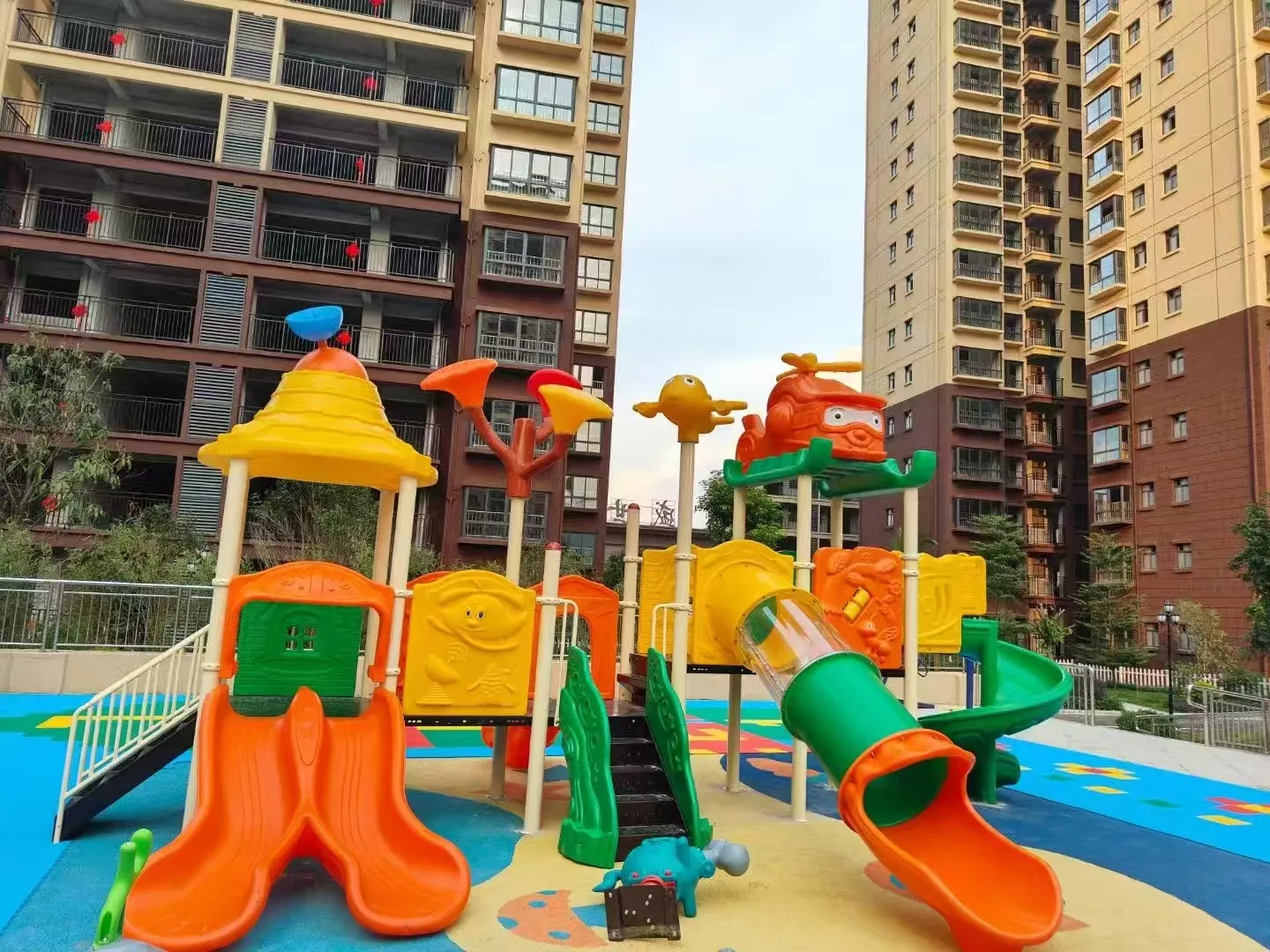Create a Fun, Safe, and Accessible Space Where Kids Thrive
Planning a playground goes far beyond simply purchasing play equipment. It is a thoughtful process that requires careful planning to meet the unique needs of children and prioritize their safety at every turn. Whether you’re building for a neighborhood, school, or community center, our all-inclusive guide walks you through every essential step to bring your ideal playground to life.
1. Assess the Needs First: Start with Your Community
Before picking out a single slide or swing, take the time to connect with your community. Host small meetings with parents, teachers, and even the kids themselves—their voices matter most! Find out how many children are likely to use the playground regularly, and break down their age ranges (from toddlers to pre-teens, each group has different needs). Don’t forget to ask about children with special needs, such as those requiring wheelchair access or sensory-friendly play options. Gathering this information helps you set clear, targeted goals for the play area, ensuring it serves everyone in your community.
2. Choose Age-Appropriate Equipment: Fun That Fits Every Stage
Not all play equipment is one-size-fits-all—age-appropriateness is key to keeping kids safe and engaged. For toddlers (1-3 years old), opt for low-to-the-ground, soft-edged structures: think small, outdoor large slides, cushioned climbing blocks, and gentle rocking toys. For preschoolers (3-5 years old), add interactive elements like sandboxes, mini playhouses, or short climbing walls with easy grips. School-age kids (6-12 years old) need more challenging options: tall slides, sturdy swings, monkey bars, and multi-level climbing frames that let them burn energy and build strength. No matter the age group, always choose equipment that’s both fun and meets strict safety standards—look for non-toxic materials and smooth, rounded edges.
3. Handle Shipping and Import: Get Your Equipment Safely and On Time
Once you’ve picked out the perfect equipment, playground equipment slides the next step is getting it to your site smoothly. Start by finding reliable, reputable suppliers with a track record of providing quality playground gear. Reach out to them to ask detailed questions: What shipping methods do they use? How long will delivery take? Do they offer insurance for damaged goods? Next, research your local import rules and regulations—different regions have different requirements for safety certifications and customs fees. Keep all paperwork organized, and stay in touch with your supplier throughout the process. Doing this ensures your equipment arrives on schedule, in good condition, and without unexpected delays or extra costs.

4. Focus on Installation and Maintenance: Keep the Playground Safe for Years
Proper installation is crucial to making sure the playground is safe for kids to use. Hire professional installation teams with experience in playground setup—they know how to secure equipment firmly to the ground, adjust heights correctly, and ensure all parts are assembled properly. After installation, don’t forget about regular maintenance! Create a schedule to check the playground weekly: Look for loose bolts, cracked plastic, or worn-out surfaces. Clean the equipment regularly to remove dirt and germs, and fix any damage right away. A well-maintained playground not only stays safe but also lasts longer, giving kids a fun space to play for years to come.
5. Don’t Forget Playground Application: Make It Legal and Compliant
Before you open the playground to kids, make sure you’ve followed all local rules and gotten the necessary approvals. Check with your local government or community board to find out what applications you need to submit. Gather all required documents, such as safety certificates for the equipment, site plans, and proof of insurance. Submit your application early, and be prepared to answer any questions from the authorities. Getting official approval ensures your playground is legal, meets all safety and accessibility standards, and gives parents peace of mind when their kids play there.
With this comprehensive guide, you have everything you need to plan a playground that kids will love and parents will trust. It won’t just be a place to play—it will be a safe, fun, and inclusive space where children can laugh, learn, and make memories with their friends. Your community deserves a perfect playground, and now you can build it!

